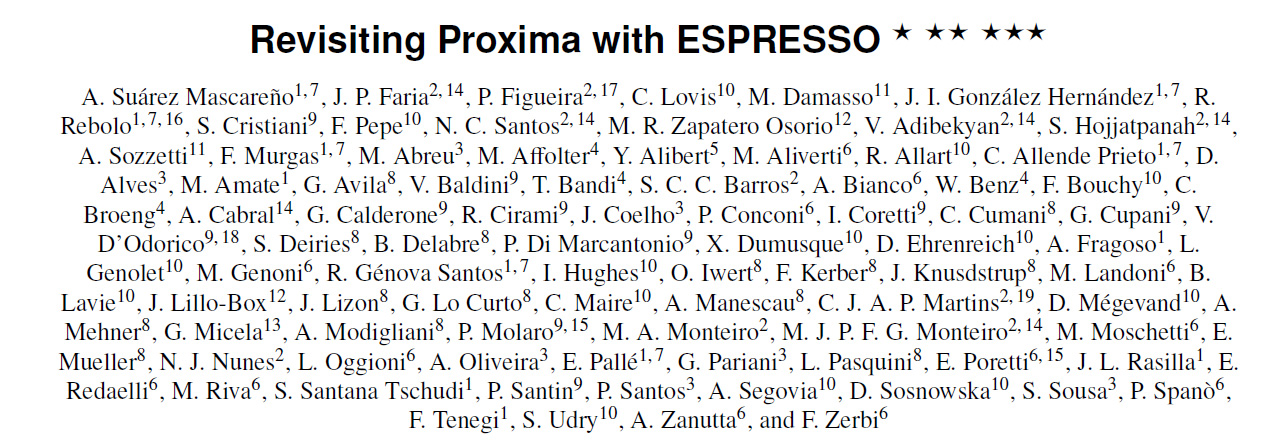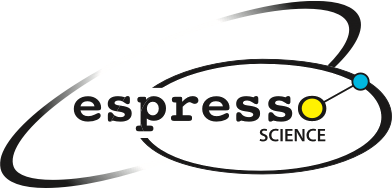Revisiting Proxima with ESPRESSO
News alert: today we are announcing the independent confirmation of Proxima b using ESPRESSO.
As many of you probably know, Proxima b was originally announced in 2016 by a team led by Guillém Anglada-Escudé. It was one of the most exciting discoveries in exoplanet science in recent years. The planet was detected using HARPS (ESPRESSO’s predecessor), and the original RV curve looked like this.
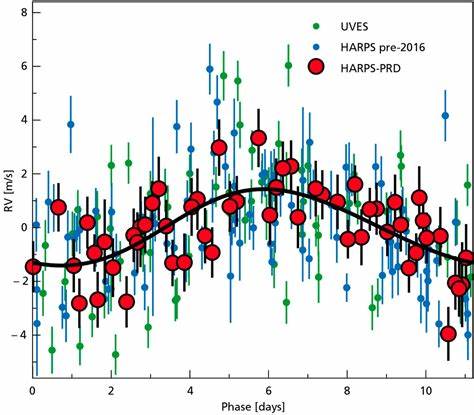
Fast forward a few years and we now have ESPRESSO, which is much more precise than HARPS, and also installed in a bigger telescope. Going back to Proxima was one of our priorities, and in the end it became our first detection of an exoplanet.
We observed Proxima intensively during 2019, and obtained 63 measurements with a median precision better than 30 cm/s. The RV curves are beautiful.
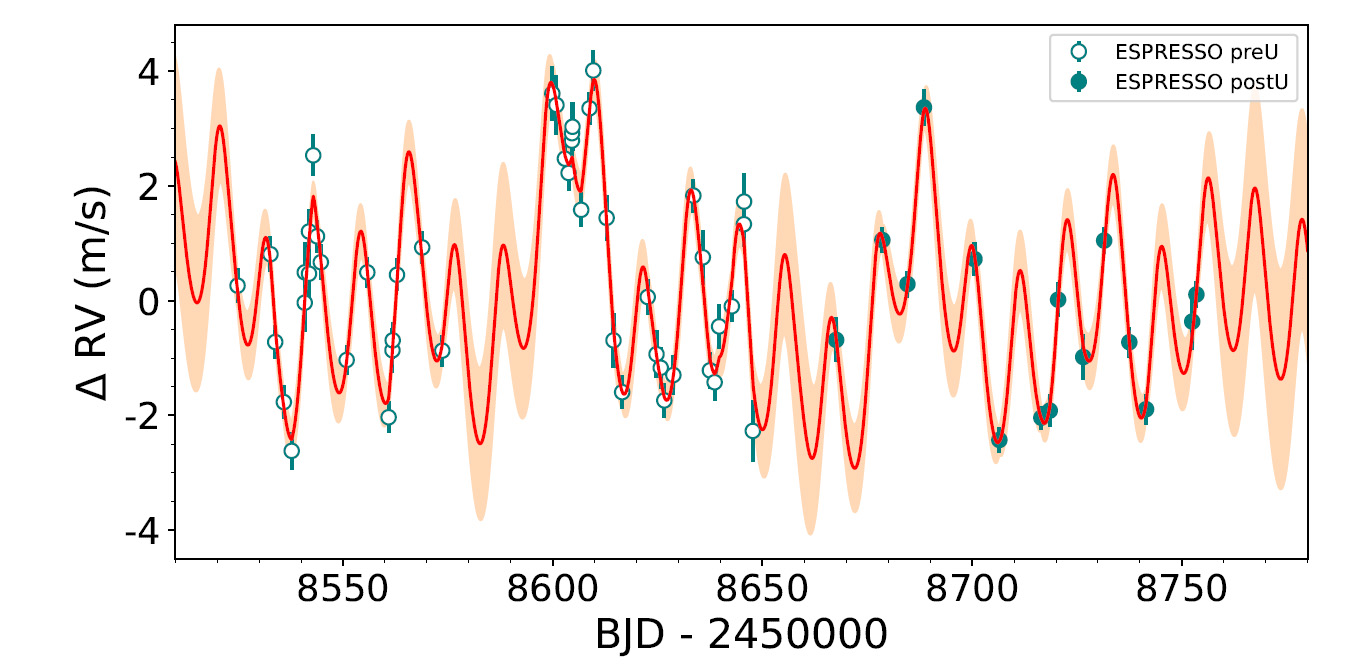
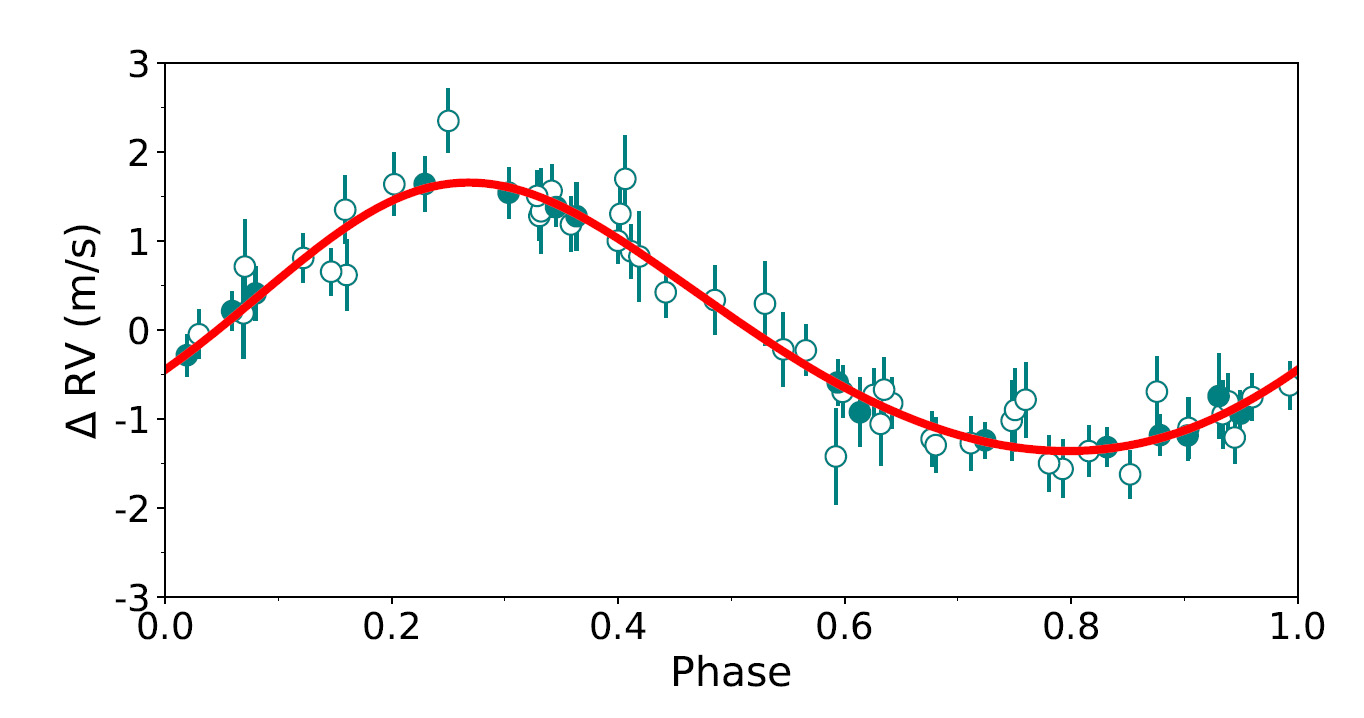
When combining the data with HARPS and UVES, the contrast is astonishing. Even without taking into account that we’ve been tinkering with HARPS and UVES RVs for years to extract all the information present in he spectra. With ESPRESSO we are just getting started.
Now that we have confirmed Proxima b. Is there something else there? We know Proxima b, and the long period planet Proxima c, but M-dwarfs tend to host many low-mass planets. Can we find something else using ESPRESSO?
We found another signal in the RVs. A very small signal of just 40 cm/s amplitude and 5.15d period, but we could not confirm it was indeed a planet. What does this mean? Basically that there’s still plenty of work to do on Proxima.
Getting here was a long journey. It didn’t start when we started observing Proxima. It started 10 years before, and involved many people. Here you can see the wonderful team that made this possible.
